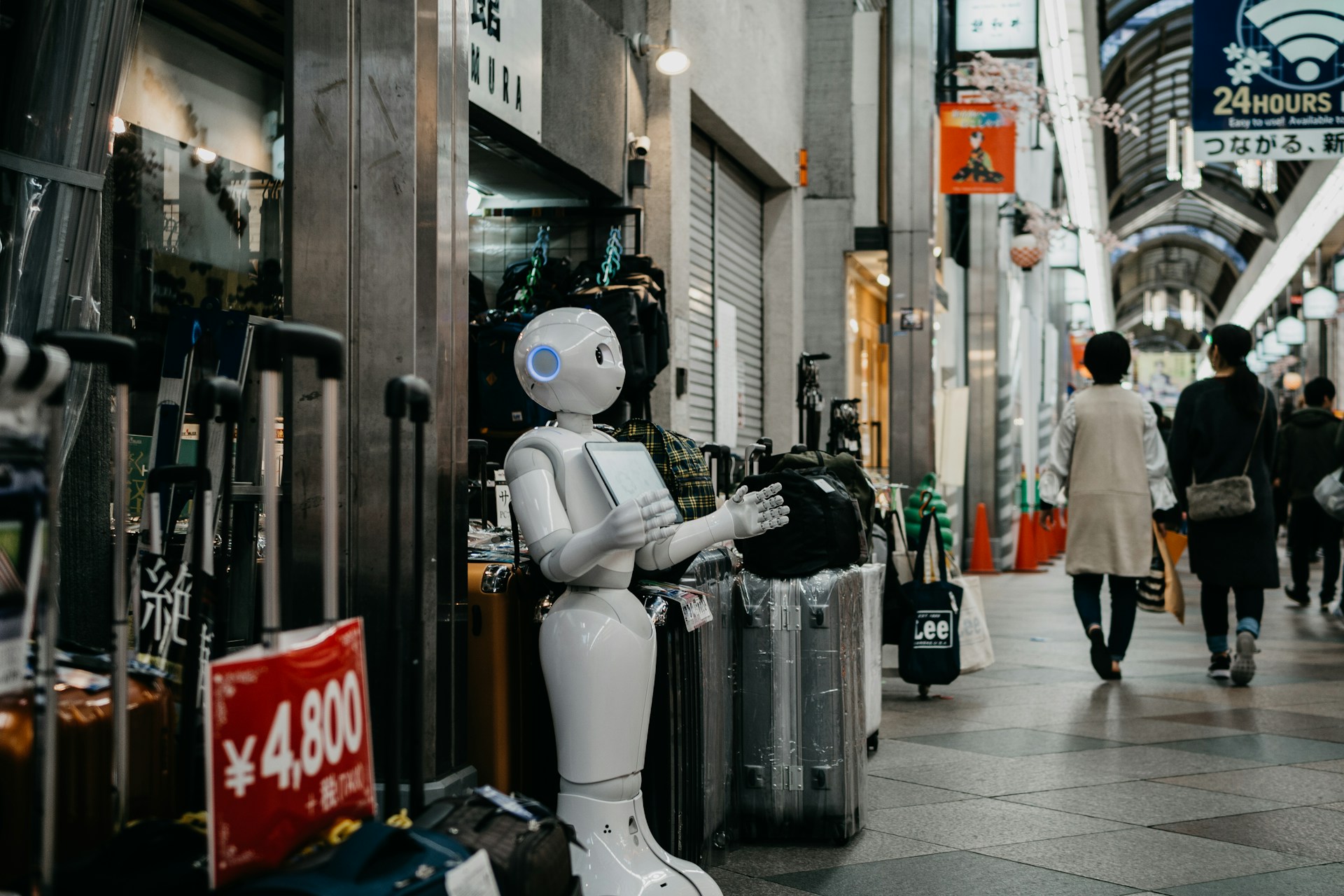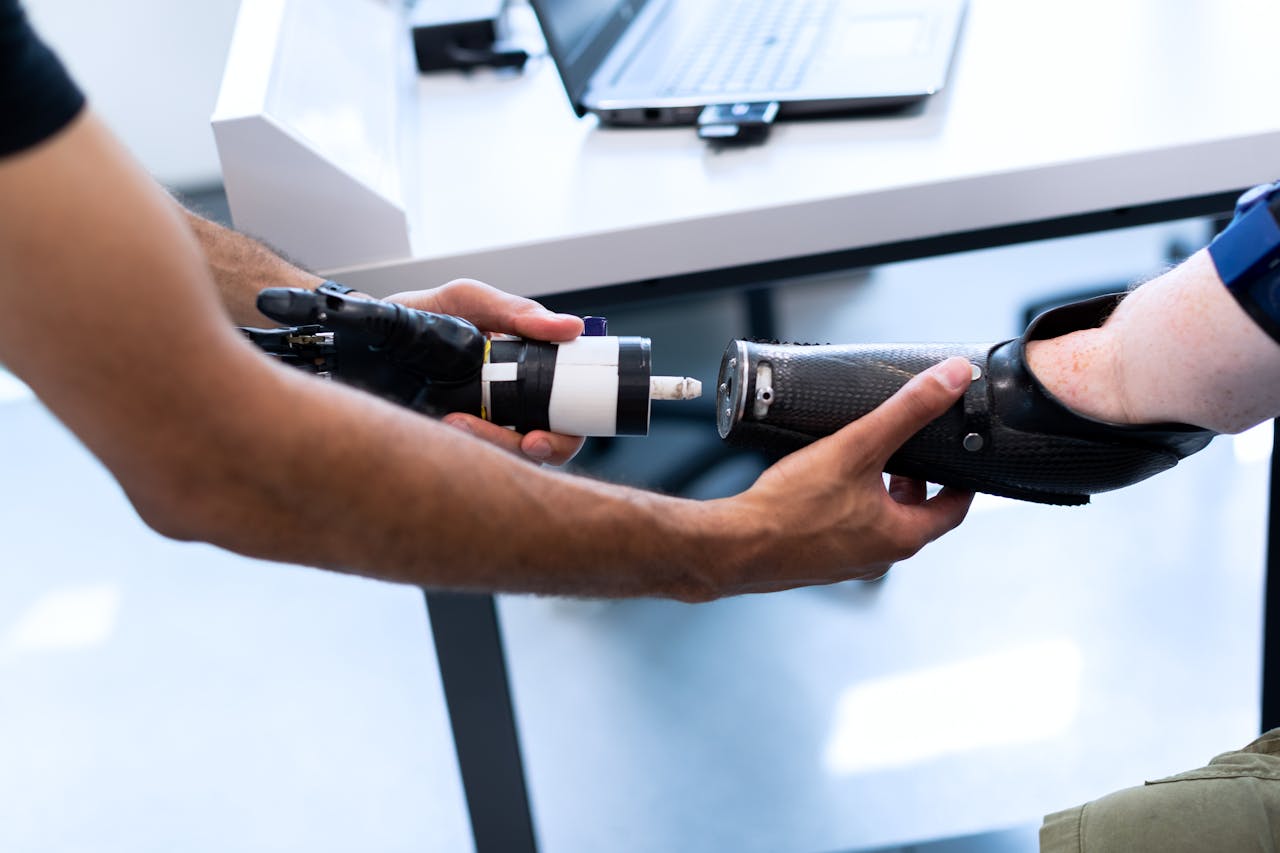From the moment we wake up each day, we rely on various products, appliances, and services.

Have you ever wondered about the processes behind creating everyday items like cereal, biscuits, soap, or shampoo? Since the dawm of the Industrial Revolution, humans have strived to refine manufacturing techniques, improving speed and efficiency, and reducing dependency on human labour.
If you’ve ever watched the popular documentary series How It’s Made, you’ll be amazed at the extend to which machines produce the products we use in our daily lives.
The Rise of Industry 4.0
As we move further into the Fourth Industrial Revolution (Industry 4.0), engineers are exploring innovative ways to leverage emerging technologies such as Artificial Intelligence (AI), Data Analytics, and Cloud Computing to streamline and enhance the manufacturing process. In recent years, these technologies have extended into sectors like services, healthcare, and mobility.

As businesses seek to improve service quality while reducing their reliance on human labour, the application of robotics and automation technologies is getting more popular. Restaurants and hotels, for example, are increasingly adopting robots for tasks like serving food and drinks, attending to guests’ requests, and even greeting customers.
This shift has proven to be both effective and well-received, as robots can perform these tasks consistently and efficiently, freeing up human workers from more complex or customer-centric roles. As this trend continues, robotics is poised to play an even greater role in shaping the future of various industries, enhancing productivity while improving customer experience.
Autonomous Mobility: Robots on Wheels
In healthcare, the integration of robotics and mechatronics technologies is transforming patient care and medical procedures. One example is the use of assistive devices such as exoskeletons, which help patients with leg injuries regain natural walking abilities. In the operation theatre, robotic-assisted surgery has revolutionized the way complex medical procedures are performed. Surgeons now have access to highly precise robotic systems that enhance their ability to perform delicate operations with greater accuracy and control.
Lately, we’ve seen a significant shift in the world of mobility and transportation, where electric vehicles (EVs) are becoming more advanced with higher levels of intelligence and autonomy. Autonomous vehicles, in essence, robots on wheels, are equipped with sophisticated sensors and AI that allow them to navigate and make decisions without human intervention.
As a result, self-driving cars are transforming not only the automotive industry but also how we think about transportation itself. With the integration of robotics technology, these vehicles are capable of driving themselves, adapting to traffic conditions, and interacting with other vehicles, while continuously learning and improving. This advancement is paving the way for safer, more efficient, and environmentally friendly transportation, with the potential to revolutionize the way we travel in the coming years.
The Future of Robotics and Mechatronics as a Career
As technology continues to evolve, the fields of robotics and mechatronics are becoming increasingly in demand. With advancements in automation, AI, and machine learning, the demand for skilled engineers and researchers in these fields is expected to continuously rise in the coming years.

Robotics and mechatronics engineers are not only essential to the manufacturing industry but are also applying their expertise to other sectors such as healthcare, transportation, and even space exploration. The career prospects in this field are massive, encompassing technologies such as industrial robots and drones to autonomous vehicles and AI-powered medical devices.
For over two decades, the robotics and mechatronics program at Swinburne Sarawak have provided students with opportunities to engage with cutting-edge developments and tackle real-world industry challenges. Through collaborations with local and global industries, graduates have gone on to excel in multinational corporations and contribute to innovative technology start-ups.
The opinions expressed in this article are the author’s own and do not reflect the view of Swinburne University of Technology Sarawak Campus.
Ir. Dr Hudyjaya Siswoyo Jo is active in research related to the fields of robotics and mechatronics, automation and mechanization. Dr Hudy is contactable at [email protected]

